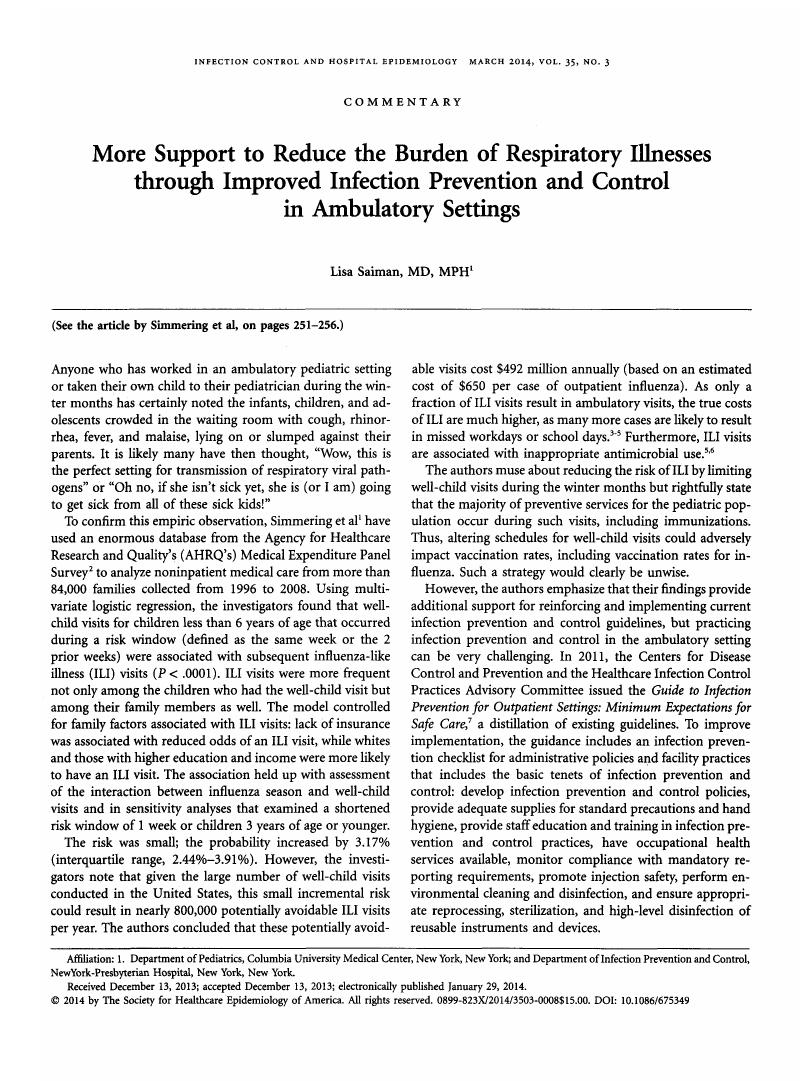Crossref Citations
This article has been cited by the following publications. This list is generated based on data provided by Crossref.
Manning, Mary Lou
and
Pogorzelska-Maziarz, Monika
2016.
Infection surveillance systems in primary health care: A literature review.
American Journal of Infection Control,
Vol. 44,
Issue. 4,
p.
482.



